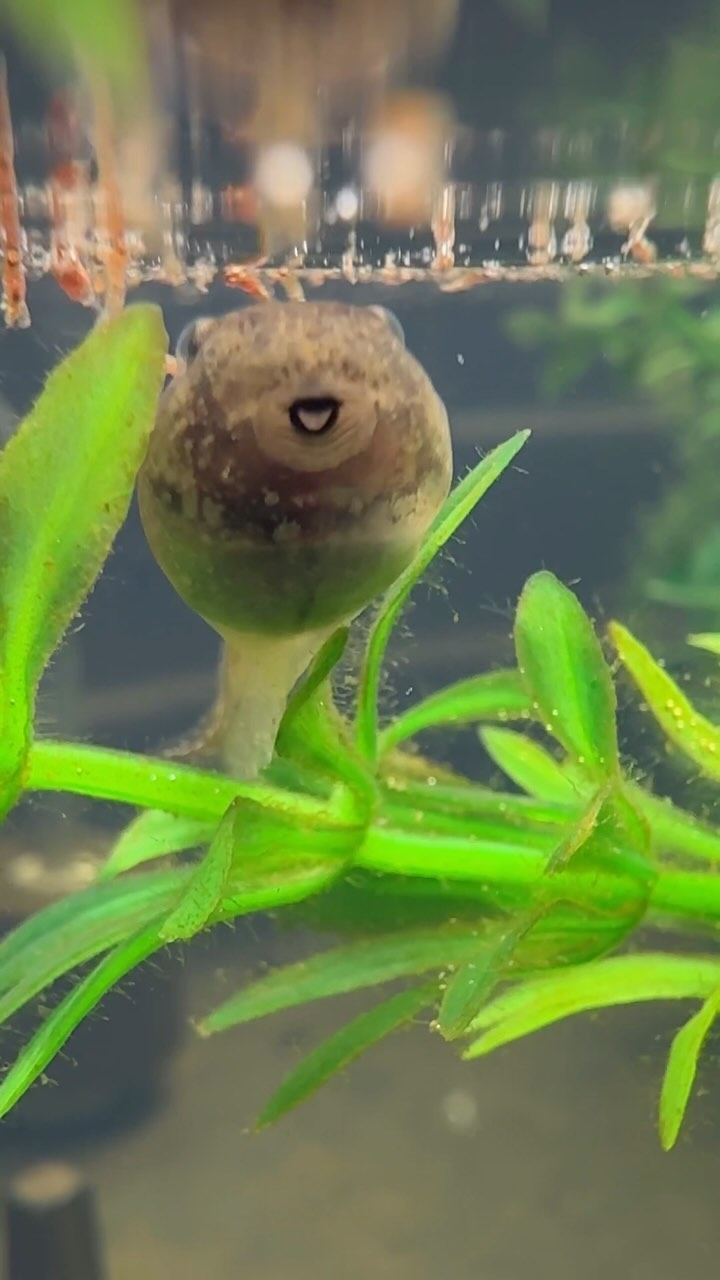- Raising Endangered Northern Leopard Frogs: Conservation in Action
- The Life Cycle of Northern Leopard Frogs: From Egg to Release
- Captive Breeding for Wildlife Conservation: Challenges and Successes
- Habitat and Dietary Needs of Growing Northern Leopard Frogs
- The Impact of Release: Reinforcing Wild Populations and Ecosystem Health
The Northern Leopard Frog (Lithobates pipiens) is a captivating species that has faced significant challenges in the wild, leading to alarming declines in certain populations. These declines have spurred concerted efforts in conservation, including the remarkable initiative of raising these amphibians from eggs in controlled environments. Engaging in our fourth year, this project is a testament to this species’ resilience and conservation professionals’ dedication.
Conservation in action for the Northern Leopard Frog demonstrates a multi-tiered approach to species recovery. Initiatives like the one in our care involve resourceful stewardship of nearly 400 tadpoles, each representing the potential for the species’ revival. Behind the scenes, these tadpoles are meticulously catered to daily – monitored for health, growth, and behavior. It’s a race against time and a balancing act of providing an environment that closely mimics their natural habitat.
Understanding the life cycle of Northern Leopard Frogs provides insight into the care required at every stage. As eggs hatch into tadpoles, we find ourselves responsible for recreating the careful balance of their aquatic ecosystem. The tadpoles’ development is a fascinating process featuring the absorption of tails and the sprouting of legs – a marvel of nature’s engineering. In the transition from aquatic to semi-terrestrial life, their dietary needs evolve. Starting with algae, they gradually adapt to nibble on provided vegetation, such as lettuce and are also introduced to bloodworms to imitate their omnivorous diet in the wild.
Captive breeding for wildlife conservation is more than a stopgap. It is a scientific endeavor filled with daily challenges and successes. Captive breeding programs tackle issues from genetic diversity to disease control. As the tadpoles shift from swimming to hopping, their care demands an equally dynamic shift. Enclosures are modified to ensure they have safe access to land and water, replicating their natural habitats to promote healthy development.
The dietary and habitat requirements of Northern Leopard Frogs change vividly during their growth phase. Early on, the water quality is paramount, requiring consistent monitoring for parameters like temperature, pH, and cleanliness. As tadpoles metamorphose, their need for a more complex environment becomes apparent. The mild taste of lettuce is succeeded by introducing proteins like bloodworms, vital for fostering growth and energy in juvenile frogs. This dietary progression is carefully planned to prepare them for survival in the wild.
Ultimately, the impact of this conservation initiative extends beyond just raising frogs. The end goal is to fortify wild populations to establish self-sustaining ecosystems. When the time comes, the juvenile frogs are released into their natural environment during the summer – a strategic period that offers optimal conditions for their survival and integration into existing local populations. This stage is crucial, and success is measured not just by the number of frogs released but by their longevity and reproductive success in the wild.
Throughout the program, much effort is placed on simulating the conditions these amphibians face in nature to ensure a smooth transition upon release. Establishing these frogs in the wild contributes to the health of ecosystems, where they serve critical roles as both predator and prey. With vigilance and commitment, programs like this help reverse the decline in amphibian populations, effectively fostering biodiversity.
In undertaking this meticulous journey from egg to release, every step is laden with opportunities to learn about and directly contribute to the intricate tapestry that is our natural world. Engaging in this project for a fourth consecutive year, we nurture the growth of individual frogs and sow the seeds for future conservationists, instilling awareness and inspiring action in those who bear witness to this spectacle of life. The Northern Leopard Frog serves as a reminder of our shared responsibility to maintain the splendor and balance of our ecosystems. Through such hands-on conservation efforts, we actively shape a future where species like the Northern Leopard Frog survive and thrive.
*****
Source Description
This is our fourth year raising endangered northern leopard frogs from tiny eggs! 🐸 Nearly 400 tadpoles are being closely monitored and cared for daily behind the scenes. The tiny tadpoles will soon absorb their tails and grow legs. They recently started nibbling on lettuce and bloodworms and continue to thrive. Later this summer, the endangered frogs will be released back into the wild!
class=”instagram-media” data-instgrm-permalink=”https://www.instagram.com/reel/C7Qe_RLN1jE/” data-instgrm-version=”14″ style=” background: border:0; border-radius:3px; box-shadow:0 0 1px 0 rgba(0,0,0,0.5),0 1px 10px 0 rgba(0,0,0,0.15); margin: 1px; max-width:540px; min-width:326px; padding:0; width:99.375%; width:-webkit-calc(100% – 2px); width:calc(100% – 2px);”>


